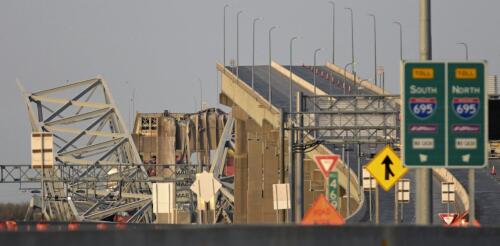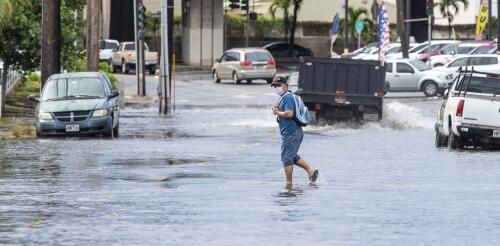Baltimore
Since the 1940s, there has been a broad shift away from public transit across the U.S., and service has declined in many cities, including New York, Boston, Denver, Orlando and St. Louis. A look back at the last national mass transit boom helps explain the challenges that confront modern transit agencies. Starting in the 19th century, transit companies worked closely with real estate developers to develop “streetcar suburbs” for a growing population. The companies kept fares low, thanks to corporate consolidation, government regulation and thrifty management. During World War II, producing weapons and supplies for troops fighting abroad became the nation’s top priority. Gasoline, tires and autos were strictly rationed, so most commuters had few ways to get to work other than public transit. In Baltimore, for example, people could ride a streetcar anywhere in the city in 1943 for 10 cents. With wartime production booming, the city’s Baltimore Transit C...
The Northeast corridor is America’s busiest rail line. Each day, its trains deliver 800,000 passengers to Boston, New York, Philadelphia, Washington and points in between. The Northeast corridor is also a name for the place those trains serve: the coastal plain stretching from Virginia to Massachusetts, where over 17% of the country’s population lives on less than 2% of its land. Northeasterners ride the corridor and live there too. Like “Rust Belt,” “Deep South,” “Silicon Valley” and “Appalachia,” “Corridor” has become shorthand for what many people think of as the Northeast’s defining features: its brisk pace of life, high median incomes and liberal politics. In 1961, Republican Sen. Barry Goldwater of Arizona wished someone had “sawed off the Eastern Seaboard and let it float out to sea.” In 2016, conservative F.H. Buckley disparaged “lawyers, academics, trust-fund babies and high...
A container ship rammed into the Francis Scott Key Bridge in Baltimore around 1:30 a.m. on March 26, 2024, causing a portion of the bridge to collapse into Baltimore Harbor. Officials called the event a mass casualty and were searching for people in the waters of the busy port. This event occurred less than a year after a portion of Interstate 95 collapsed in north Philadelphia during a truck fire. That disaster was initially expected to snarl traffic for months, but a temporary six-lane roadway was constructed in 12 days to serve motorists while a permanent overpass was rebuilt. U.S. cities often face similar challenges when routine wear and tear, natural disasters or major accidents damage roads and bridges. Transportation engineer Lee D. Han explains how planners, transit agencies and city governments anticipate and manage these disruptions. How do agencies plan for disruptions like this? Planning is a central mission for state and metropolitan transportation agencies. T...
Honolulu has lost more than 5 miles of its famous beaches to sea level rise and storm surges. Sunny-day flooding during high tides makes many city roads impassable, and water mains for the public drinking water system are corroding from saltwater because of sea level rise. The damage has left the city and county spending millions of dollars on repairs and infrastructure to try to adapt to the rising risks. Future costs will almost certainly be higher. More than US$19 billion in property value, at today’s dollars, is at risk by 2100 from projected sea level rise, driven by greenhouse gas emissions largely from the burning of fossil fuels. Elsewhere in Honolulu County, which covers all of Oahu, many coastal communities will be cut off or uninhabitable. Unwilling to have their taxpayers bear the full brunt of these costs, the city and county sued Sunoco LP, Exxon Mobil Corp. and other big oil companies in 2020. Their case – one of more than two dozen involving U.S. ci...


